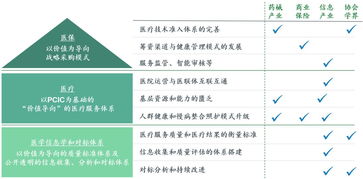SWOT分析无症状感染者算确诊病例吗
1. Strengths(优势)
- Public Health Monitoring: Identifying asymptomatic carriers helps in comprehensive disease monitoring and control.
- Preventive Measures: Inclusion of asymptomatic cases in case counts can lead to better implementation of preventive measures.
- Improved Understanding: Recognizing asymptomatic cases enhances understanding of disease transmission dynamics.

2. Weaknesses(劣势)
- Misleading Statistics: Including asymptomatic cases in confirmed cases might inflate statistics and mislead public perception.
- Resource Allocation: Resources could be misallocated if asymptomatic cases are treated similarly to symptomatic ones.
- Differential Impact: Inclusion might overlook the differential impact on healthcare systems and policy responses.
3. Opportunities(机会)
- Enhanced Surveillance: Leveraging asymptomatic data can enhance early detection and response capabilities.
- Targeted Interventions: Tailoring interventions based on comprehensive case data could improve containment strategies.
- Public Education: Opportunity to educate the public about the spectrum of COVID19 presentations and transmission.
4. Threats(威胁)
- Public Trust: Misinterpretation of data might undermine public trust in official health reporting.
- Economic Impact: Overestimating case numbers could impact economic decisions and recovery strategies.
- Policy Challenges: Policy formulation might become more complex with inclusion of varying asymptomatic definitions.
```
这是关于“无症状感染者算确诊病例吗”的详细SWOT分析。
免责声明:本网站部分内容由用户自行上传,若侵犯了您的权益,请联系我们处理,谢谢!











